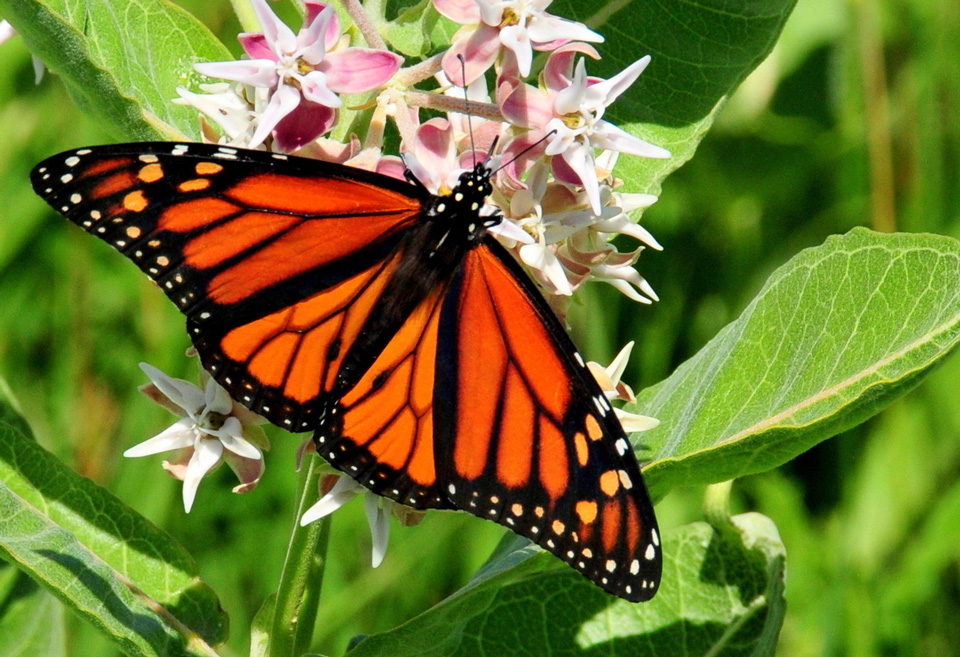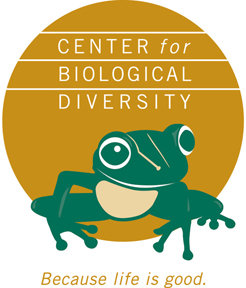
Monarch Butterfly
Credit: USFWS/Tom Koerner
March 5, 2021 - WASHINGTON— A study published on Thursday in Science found that climate change is contributing to widespread butterfly decline  across the western United States. Using three different long-term datasets from the western U.S., the authors found downward trends in a majority of butterflies, including historically common species like the west coast lady.
across the western United States. Using three different long-term datasets from the western U.S., the authors found downward trends in a majority of butterflies, including historically common species like the west coast lady.
The study found climate change was the most influential predictor of butterfly declines, especially in places that have seen warming in the fall months. Warming in the fall increases stress on the butterflies as they are entering their overwintering stage. Butterflies responded positively to increased precipitation, adding to the concern about rampant climate change-induced drought in the West.
Across 72 locations and 262 butterfly species, the authors found a 96% probability that butterfly abundance had decreased by 1.6% per year over the past four decades.
“That so many of our butterflies are declining is very alarming,” said Dr. Tara Cornelisse, an entomologist and senior scientist at the Center for Biological Diversity. “These declines are a wake-up call that we need to dramatically reduce greenhouse gases to save these beautiful and beloved butterflies, as well as our very way of life.”
The rate of decline observed in this study matches other recent estimates of overall insect loss, as many scientists report that the world is losing 1-2% of terrestrial insects per year, or 10% per decade. Up to 40% of insect species could soon be facing extinction.
Causes of global insect declines have been reported as habitat loss, pesticides, climate change and other threats. But the decline of wide-ranging, once-common species shows that any one threat is not enough to explain overall declines.
“We need a multi-prong approach to conserve insects. This new study adds to the evidence that in addition to habitat protections and pesticide reform, that approach must include swift and bold climate change policy,” said Cornelisse.
The Center for Biological Diversity is a national, nonprofit conservation organization with more than 1.7 million members and online activists dedicated to the protection of endangered species and wild places.
Source: Center for Biological Diversity









